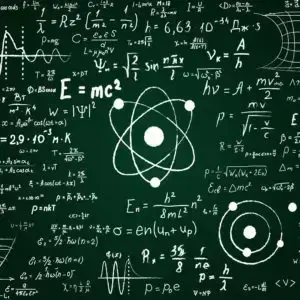Engineers at NASA say they have successfully revived thrusters aboard Voyager 1, the farthest spacecraft from our planet, in the nick of time before a planned communications blackout.
A side effect of upgrades to an Earth-based antenna that sends commands to Voyager 1 and its twin, Voyager 2, the communications pause could have occurred when the probe faced a critical issue — thruster failure — leaving the space agency without a way to save the historic mission. The new fix to the vehicle’s original roll thrusters, out of action since 2004, could help keep the veteran spacecraft operating until it’s able to contact home again next year.
Voyager 1, launched in September 1977, uses more than one set of thrusters to function properly. Primary thrusters carefully orient the spacecraft so it can keep its antenna pointed at Earth. This ensures that the probe can send back data it collects from its unique perspective 15.5 billion miles (25 billion kilometers) away in interstellar space, as well as receive commands sent by the Voyager team.


That doesn’t make sense though. How’d you get to 302? 302 times farther should only be about 302 light days away. It should be 365x4.25=1,551.25 light days farther from us.
That bit of the napkin has a smudge.
sorry, i messed up calculation
= (25*(10^9)*1000/(3 * 10^8))/(3600) 23.148148 = (4.25*365)*24/123.148 302.319161the 123.148 should have been 23.148, i somehow got a extra 1 in there, so that reduced final value by nearly 5 times, hence i got ~300 days instead of ~1500 days
sorry, then number of days should be 1608.346293 (24/23… * 365*4.25), and total time to reach there is 77200.622084 years (it should be less than this)